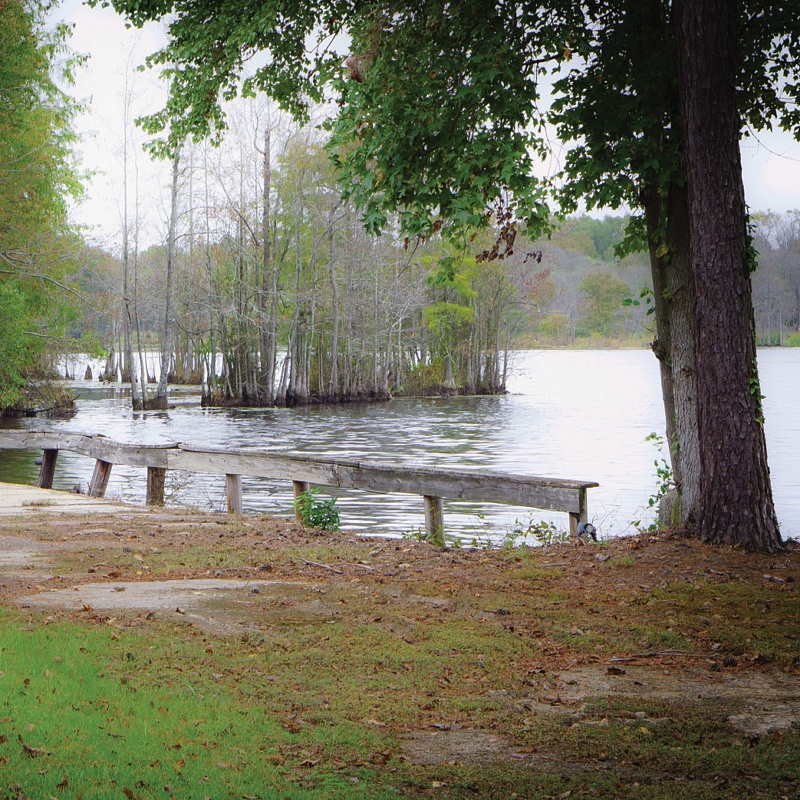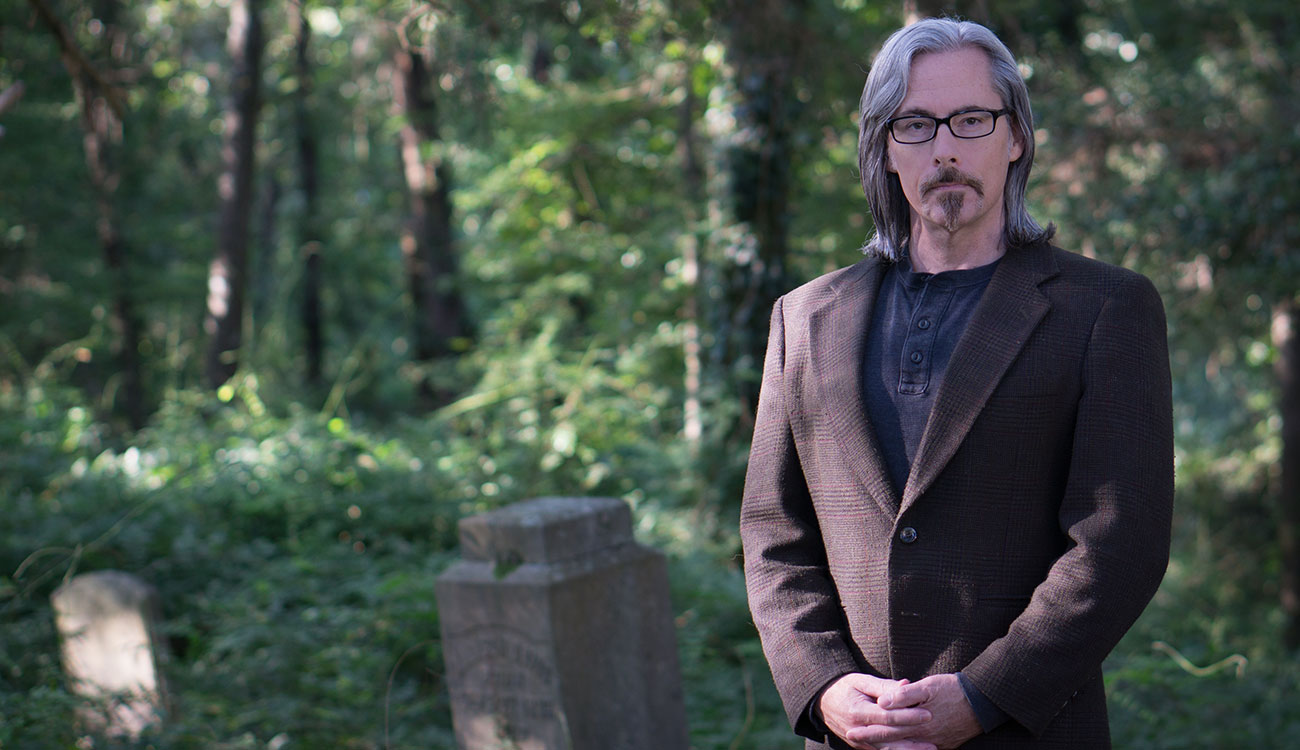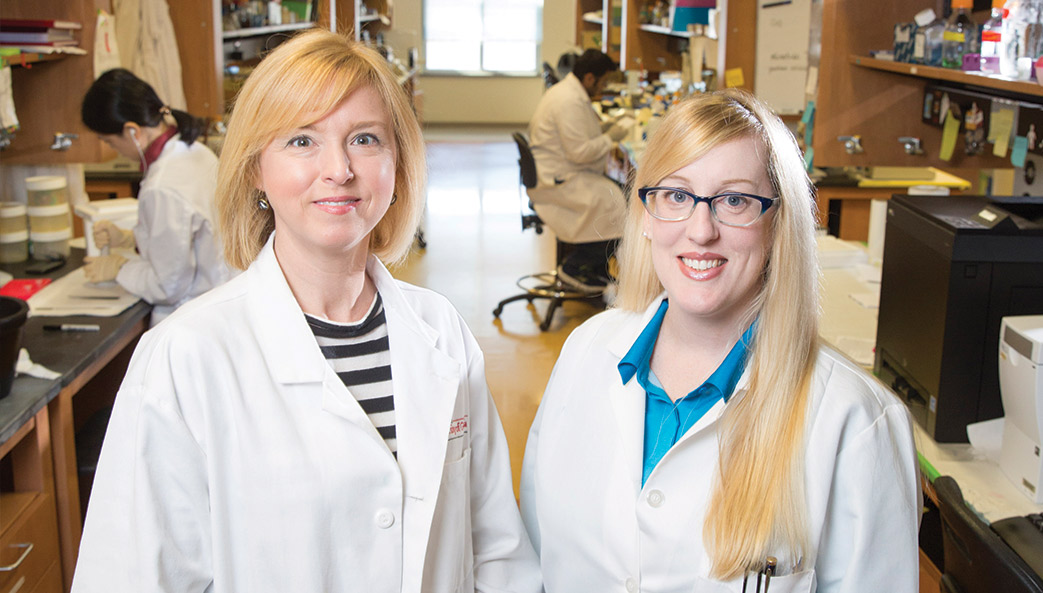Stephen Berry was the kind of kid who hid under the table when adults were talking. Grown-ups were more interesting than his peers because they had time on them; they had stories to tell about how they’d survived serious things. Even before he was old enough to have language, Berry had questions about mortality.
“Some kids want to be rocket scientists and are all about the future. I had a foot in the past from really, really early. It’s hard to explain,” said Berry, now the Gregory Professor of the Civil War Era at UGA. “It would probably take a psychoanalyst.”
As an adult, he found a vehicle for exploring his questions in an unexpected place—a box of coroner’s reports. Berry had traveled to the South Carolina Department of Archives and History in Columbia to try and find out how Boggan Cash—a distant relative of country music icon Johnny Cash—had been killed by a posse in 1884. While exploring a large bankers box containing bundles of tri-folded papers, Berry realized that each one represented the story of how someone departed this world.
“It was just a box full of endings. They were all different, and they were all the same, because we all die somehow,” he said. “It was a simplification of everything I had been searching for in history, which is how do people make their way to the grave? Who dies where and when, and of what, and how do we make that better?”
The lives reflected in those papers, and others, now live online as part of CSI: Dixie, a digital history site that contains more than 1,500 coroners’ reports from six South Carolina counties for the years 1800-1900. Juxtaposed with the reports and the stories of people like Ambrose—a runaway slave—are statistics that offer big-picture analysis.
The next iteration of the project will explore what Berry calls the death investigators, the people who counted and named the dead, gathering data and laying the groundwork for our public health system. He considers them heroes.
“These are my people,” Berry said. “I am the historian of the quants [quantifiers], geeks and spazzes who lived in their mother’s basements in the 1800s. I love those guys, because they gave the world something that’s just incredibly important.”
Keeping the book of the dead
In 1827, a slave named Ambrose escaped from his owner, Berryman Burger. He spent the next year hiding in the area, living off scraps from friends or what he could glean from the land. He also waged guerilla war against slavery and local slaveholders, breaking into barns, slaughtering hogs and poultry, pillaging smokehouses, burning outbuildings and destroying cotton. He behaved like a local Robin Hood, according to Berry, stealing from the rich and returning to his fellow slaves, and others were inspired to run away and join him.
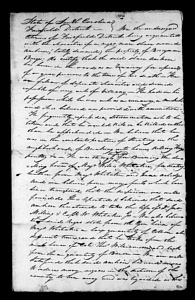
Ambrose’s crusade finally came to an end when a local white man, Kirkland Harmon, surprised him at his campsite and shot him in the back with buckshot. He bled out on the ground. The coroner’s inquest, taken in Kershaw County, South Carolina, indicates that the citizens who were gathered for the inquest were convinced of his guilt:
“We are satisfied from his desperate and dangerous character that he could not have been taken by the usual means and are certain that his life was not wantonly taken. We are of opinion that under similar circumstances of aggravation it would have been considered by any good citizen his duty to kill the said Ambrose, rather than permit him to escape.”
CSI: Dixie contains many stories like Ambrose’s, including that of Boggan Cash, a man whose drinking sprees were legendary and led him to shoot—without provocation—the sheriff who had once attempted to arrest him for disturbing the peace. Egged on by his father’s shared grudge, Cash shot the sheriff (also hitting an innocent bystander), became an outlaw and died in a hail of gunfire after a month-long manhunt.
The database juxtaposes such individual stories with demographic and statistical analysis. Cause of death, for example, is broken down into five categories: homicide, suicide, infanticide, accidental and natural causes. Methods are listed within those categories—homicide begins with chisel, cow hide, gun, stick, knife, hanging and continues from there.
The two perspectives are purposeful, according to Berry.
“The whole website is designed to ping you between these two scales—the micro, human scale and the bureaucratic scale—so that when you look at a long roster of names, it doesn’t become just an impersonal aggregation. You remember the tragedies.”
The database can be overwhelming, in terms of both tragedies and tallies. Berry acknowledges the darkness of the subject matter, but sees this—approaching fatal and sometimes horrific events in a data-driven, non-judgmental way—as the work of historians.
“We’re not judge, jury, executioner,” he said. “We are the clerk. We keep the book.”
And there’s power in keeping the book of the dead, Berry said.
“You have to name names. That’s how you have a reckoning. In the case of inquests, for instance, there are hundreds of slaves who’ve been murdered by their masters or other whites. There’s no statute of limitations on murder, but all these people are dead. What possible justice do you think you can get?” he asked. “The only kind you can get is to name names and say, ‘This happened.’”
Finding beauty in bureaucracy
This fall, Berry will deliver a series of lectures on the bureaucrats of 19th-century big data. During the Brose Distinguished Lecture Series, held at Pennsylvania State University, he’ll discuss the people he admires, the ones whose response to seeing mass death from war and disease is to make a list.
“My heroes are people nobody ever heard of—quants who first understood that we would never have a better public health system until we had better data,” he said.
“Other people might write a lament, other people might jump in as a Civil War nurse, but their instinct is always to datafy the problem, to define the problem in the hope that it will lead to a solution.”
One such hero, according to Berry, is Lemuel Shattuck, who planned and conducted the Massachusetts Sanitary Survey of the State in 1850. His report included a model state public health law that was enacted in 1866 and widely emulated by other states. Many of the Shattuck Report’s 50 recommendations—including organizing public health agencies and collecting public health data—are now standard components of American public health practice.
The nation’s first Mortality Census also began in 1850 and was repeated every decade through 1890. It was the first big data, but information gathered in the early years was questionable—what Berry calls “big, bad data.” The 1880 census, however, yielded better results and led to the first maps illuminating the geographic distribution of deaths from malaria and consumption.
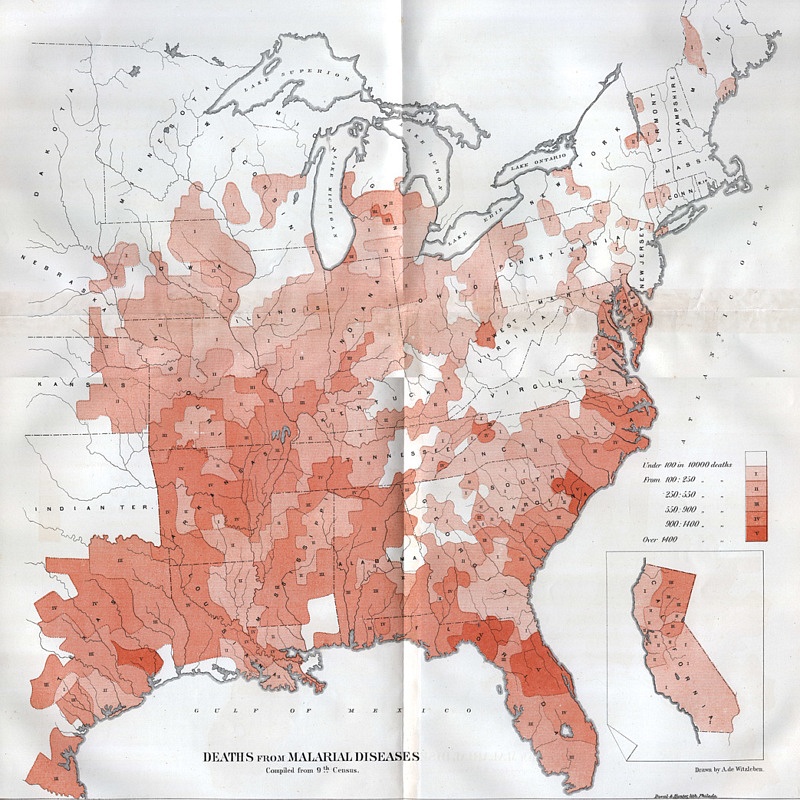
“The problem with public health is until you have good numbers and good data, you can’t see what’s actually happening,” Berry said. “Every death is anecdotal.”
The Mortality Census eventually was replaced by the Bureau of Vital Statistics, and death certificates became standard at the turn of the century.
By then, bureaucrats were learning how to gather and process information, establishing the foundation for the future of data science. (The company that held the contract to tabulate data for the 1890 Mortality Census was the Tabulating Machine Company, a forerunner of IBM.) Doctors were making great progress in defeating diseases like smallpox, pellagra, malaria and tuberculosis, as well as forging breakthroughs with vaccines and public sanitation.
With these advances, along with the discovery and early use of antibiotics, life expectancy roughly doubled between 1840 and 1940, Berry said.
“At the level of the individual, no one knows how they’re going to die. But at the level of society, we now get to choose,” he said. “The fact that we’re not dying for the lack of niacin or potable water or from every small infection? That was the work of a thankless crew who were not driven by money but wanted to make the world a better place.”
And that crew, whether working at the national or local level, Berry said, followed a simple concept with far-reaching consequences: “Count the dead.”
Grappling with digital (and other) demons
Digital projects never end, according to Stephen Berry. You have to live with that and like it, and he does.
“The idea is that you give the project to the next generation of students or scholars, and it’s in a state of digestion. It isn’t yours and done and between covers and stamped out and never to be edited again,” he said. “It can be theirs. They can decide that it needs to go a different way—it can live and grow.”
Eschewing the book or monograph in favor of the digital is natural for Berry, who serves as associate academic director for digital humanities at UGA’s Willson Center for Humanities and Arts, and co-director of the Center for Virtual History, part of the history department in the Franklin College of Arts and Sciences.
“Playing at the level of form is something that technology makes possible, and we should embrace that,” he said.
With CSI: Dixie, Berry is creating a new form that he calls an archigraph—a book that carries its archive on its back. Users will have access to the data as well as the scholarship and can compare the two, allowing for multiple interpretations of the same information.
But the first step was creating the database, and Berry didn’t do it alone. He drew on substantial support from the Willson Center and its DigiLab and eHistory initiatives, the Center for Virtual History, the South Carolina Department of Archives and History, and the American Council for Learned Societies. Berry also got help from an unlikely source—students in his “DEATH: A Human History” class.
Covering death and dying from the Neanderthals through the present, the class description calls for students to “participate vividly in class projects and to be less dead at the end of the term.” The students also work on CSI: Dixie, defining the scope of their project for the semester and receiving credit for their work.
The idea, Berry said, is to model a more integrated version of research, teaching and service.
“We’re taking our students into the process and creating humanities knowledge that the world engages with,” he said. “At the end of the day, I hope that this site has a lot to say about public health in the United States and around the world.”
Like the quants who came before him, Berry is making lists, but his will live online and evolve into new forms. He’s also exploring old questions about life and death, examining the past for insights gleaned from the experiences of those who came before.
“It seemed for me a way in to all of those questions of mortality—watching over the shoulders of people as they grapple with it,” he said. “I thought that could be compelling, inspiring—the work of a lifetime.”
